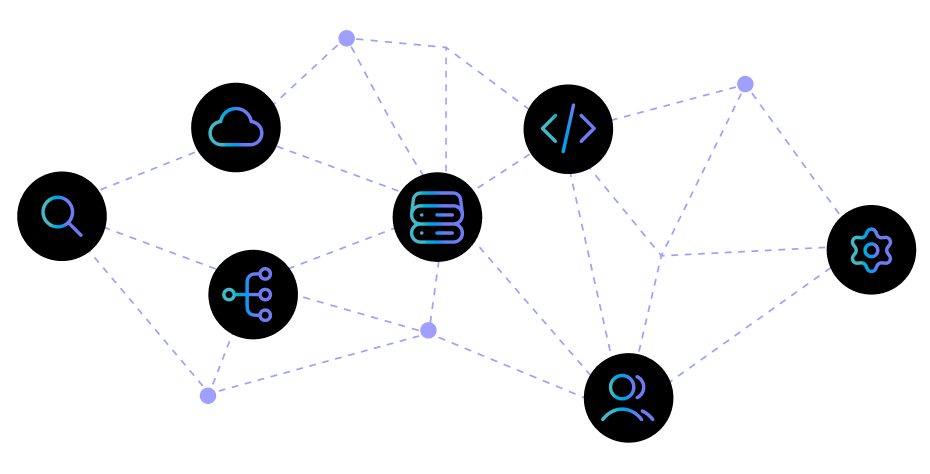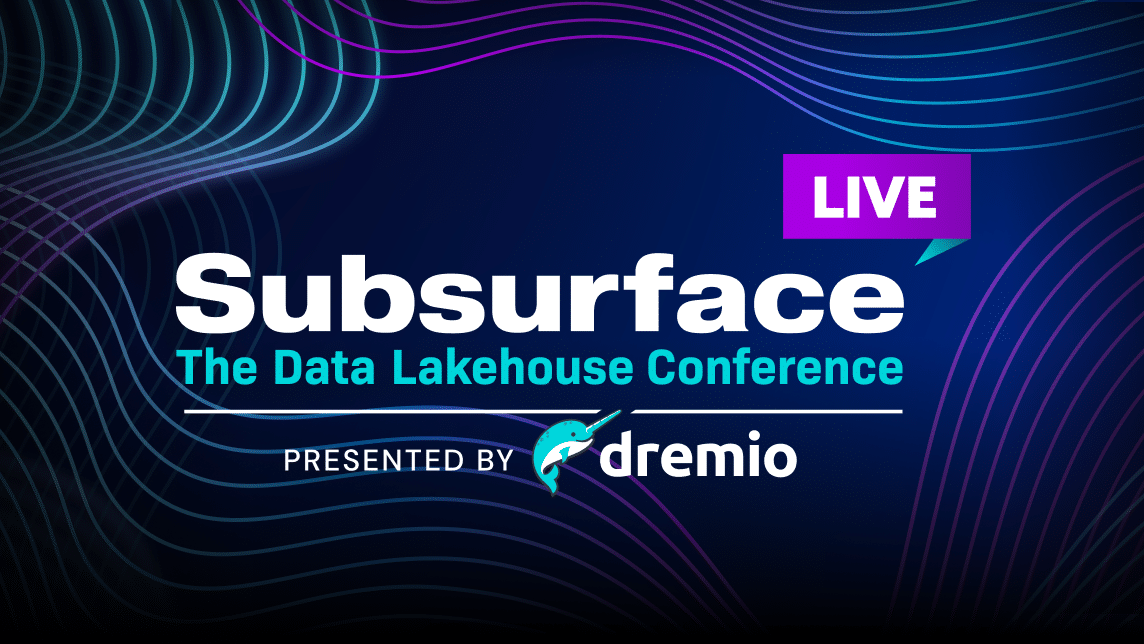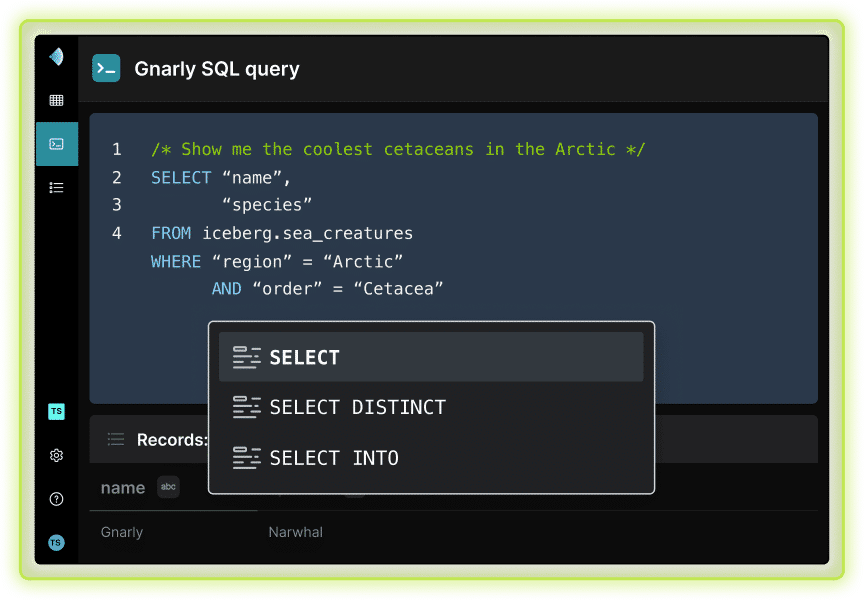NEW YORK CITY + VIRTUAL
The Unified Lakehouse Platform for Self-Service Analytics and AI
Bring users closer to the data with lakehouse flexibility, scalability, and performance at a fraction of the cost. Dremio's intuitive Unified Analytics, high-performance SQL Query Engine, and Apache Iceberg Lakehouse Management service for next-gen dataops let you shift left for the fastest time to insight

Dremio Overview
1 MIN






























24
Days
24
Hours
24
Mins
WHY DREMIO
Unified analytics on the lakehouse for high-performance, self-service access anywhere, on-premises, hybrid, or cloud
Shift left analytics means bringing your users closer to your data, delivering seamless enterprise-scale analytics with no data movement. Dremio makes it easy to shift left, letting you connect, govern, and analyze all your data, where it lives, at the speed of business.

Less than 50% TCO compared to leading lakehouse platforms, eliminating data warehouse workloads and data movement

Streamline and eliminate complex and costly data integration, ETL, and data pipeline management

Simplify data management and optimization with next-gen dataops on Apache Iceberg that reduce risk to production data
Designed to meet your infrastructure needs with lakehouse analytics as a managed service in the Cloud or self-managed Software on-premises and in the cloud.
Solutions with Dremio
Unified lakehouse solutions for analytics challenges across industries
Solutions for data lakehouse flexibility, scalability, and performance at a fraction of the cost. Dremio is built for analytics use cases across all industries.
Lakehouse
Data Mesh
Hadoop Migration
Self-service analytics with data warehouse functionality and data lake flexibility across all your data
- Standardize on open data architecture, no vendor lock-in
- TCO savings by removing complex ETL processes and data copies in BI extracts and cube
- Simplify lakehouse management with Git for Data and automatic table optimization

Build a distributed data architecture with a single solution for data mesh
- Deliver meaningful data products to end users while preserving business context and logic
- Create, search, and access data products with Dremio's universal semantic layer
- Federate domain ownership and register data for consumption with an integrated data catalog

Modernize legacy Hadoop infrastructure with Dremio
- Reuse existing investment of Hadoop and get up to 20x faster query performance
- Decouple compute and storage with a flexible data lakehouse architecture for hybrid or cloud
- Govern access to data with Dremio native and Apache Ranger security policies

Lowest analytics total cost of ownership and fastest time-to-insight with Dremio
50%
Analytics TCO savings in one year
100x
Faster Query Performance
4x
Better Price-Performance than Trino
Why Customers Choose Us











